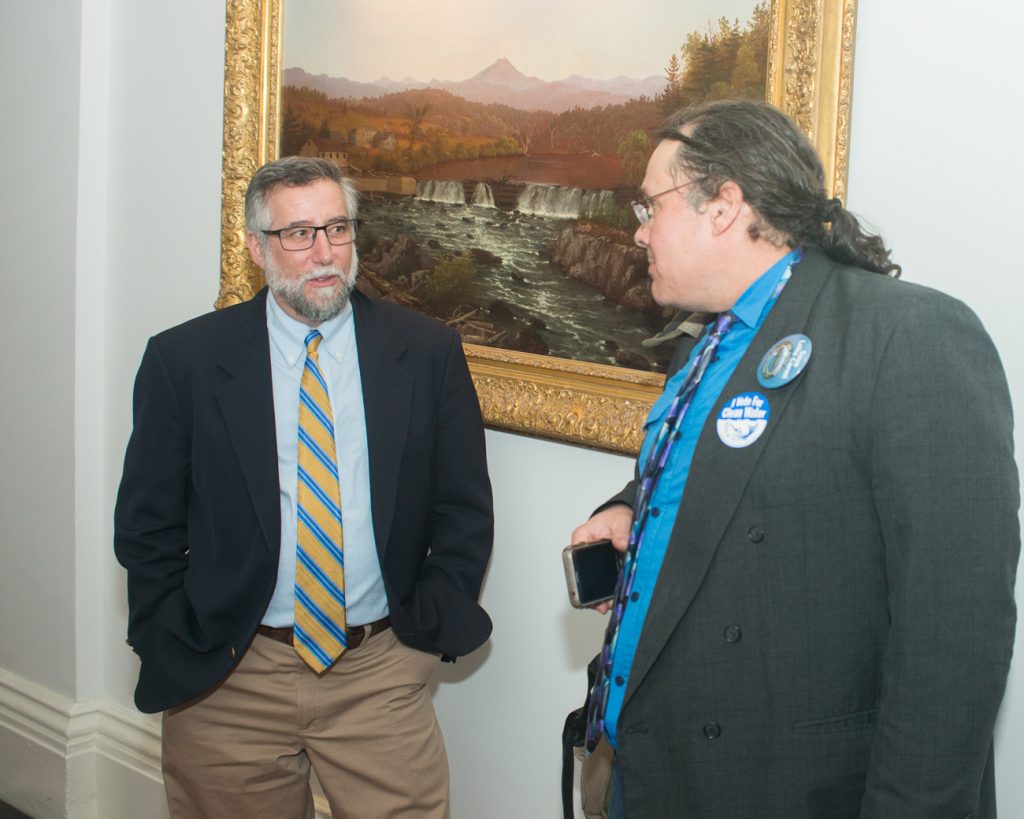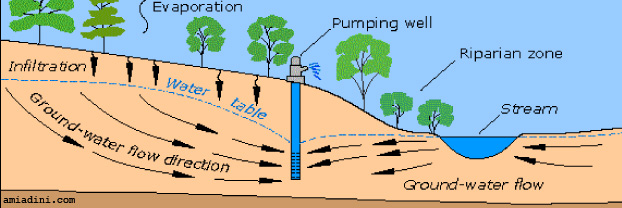Overview
Exceptional water resources are irreplaceable elements of Vermont’s landscape and natural heritage, and are essential to the lives of all Vermonters. The management of these water resources is a continuous process, and sometimes requires difficult choices.
VNRC is committed to ensuring that conservation and stewardship, rooted in sound scientific research, public education, and advocacy, are all part of this process. Below, we touch upon our main work in these areas. Keep up with clean water news and developments here.
Clean Water Funding
After years of work to identify a long-term clean water funding source, VNRC was glad to see the Vermont House and Senate vote in 2019 to dedicate 6% of the rooms and meals tax revenue that would normally go to the General Fund, to instead go to the Clean Water Fund. The Governor signed this bill (S.96) into law.
S.96 represents important progress in helping ensure that clean water funds are being spent on high priority projects, and by dedicating a new, long-term revenue source that effectively doubles the Clean Water Fund. Considering other dedicated sources of clean water funding, with S.96 Vermont gained $25 million in additional revenue for clean water, as recommended by the State Treasurer. Read more here.
Prior, long-term water funding to restore water quality in Lake Champlain and Lake Memphremagog had been required by the Vermont Clean Water Act, Act 64 of 2015, and under orders issued by the Environmental Protection Agency (EPA). But Vermont had been using a patchwork of funds with an inadequate system to prioritize spending public dollars.
VNRC will be keeping an eye on the budget over time to ensure this funding mechanism does not end up creating a hole for other important state programs in the future. Further, we will be working with the administration to ensure the new regional distribution model for funding that is established in the bill is transparent, accountable, and effective at cleaning up and protecting state waters.
Vermont Water Quality Standards
The Vermont Water Quality Standards (VWQS) serve as the foundation for protecting Vermont’s vital and precious water resources. The VWQS are regulations that require the classification of each waterbody, that establish uses (e.g. swimming or drinking) that must be protected, and that set minimum chemical, physical and biological criteria that must be met in all of Vermont’s waters.
Any permits to discharge pollution into water or operate a dam, for example, must adhere to these standards. Federal law requires that the VWQS to be subject to public review at least every three years, and VNRC participates in those periodic updates.
Within the state water quality standards is an “anti-degradation” policy. This short policy is powerful: its provisions are designed to protect keep Vermont’s already-clean waters from backsliding in quality. VNRC is working hard to assure degradation policy is translated into a long overdue but critically important strong and protective anti-degradation rule.
2018: Petition to Amend VWQS
In 2018, VNRC filed a petition to amend the Vermont Water Quality Standards, along with Conservation Law Foundation (CLF), Lake Champlain Committee (LCC), Connecticut River Conservancy (CRC), and Vermont Conservation Voters (VCV).
Under Section 401 of the Clean Water Act, states have the authority to issue a water quality certificate for activities that require a federal license or permit, such as a license to dredge or fill wetlands. In projects such as these, alternatives analysis has proven effective in addressing impacts to wetlands and other waterways. But while neighboring states, New York in particular, routinely apply alternatives analysis to 33 U.S.C. § 401 applications, Vermont’s VWQS do not. Find the petition here.
Groundwater
Groundwater is a hidden, but invaluable, natural resource. Groundwater – the water that resides underground, sometimes in deep aquifers and sometimes closer to the surface – is the source of drinking water for about two-thirds of all Vermonters. Because it seeps generally very slowly through the earth, it is frequently very clean and for that reason is critical to safeguard. Groundwater also feeds rivers and lakes, making it a valuable source of water in times of drought.
Generally speaking, Vermont is blessed with clean and abundant groundwater, but pressures on it continue to mount. Therefore, it’s critical that Vermont manage the quality and quantity of groundwater very carefully. VNRC spent several years advocating for new groundwater protections and in 2008, the Vermont legislature declared groundwater to be a public trust resource and in 2011 implemented a permitting program for large withdrawals. Lawmakers also gave cities and towns more power to regulate large commercial extractions of groundwater, and VNRC has been working with towns that choose to take a proactive approach on groundwater protection.
VNRC designed a groundwater guide that provides an overview of groundwater and its properties; a summary of relevant state law relating to groundwater; new ways that municipalities may protect groundwater; and draft groundwater management language for town plans and bylaws for local officials to consider. Find it here.
Water Caucus

VNRC created the Water Caucus to better involve environmental advocates and watershed groups in the development and implementation of sound water policy and legislation. The Water Caucus fosters discussion and encourages engagement around a range of issues, including clean water funding, stormwater management, dam regulation, and more.
If your organization is interested in becoming a member of the Water Caucus, contact VNRC’s Policy and Water Program Director, Jon Groveman, at jgroveman@vnrc.org or 802-223-2328, x111. Learn more at the Water Caucus webpage.





